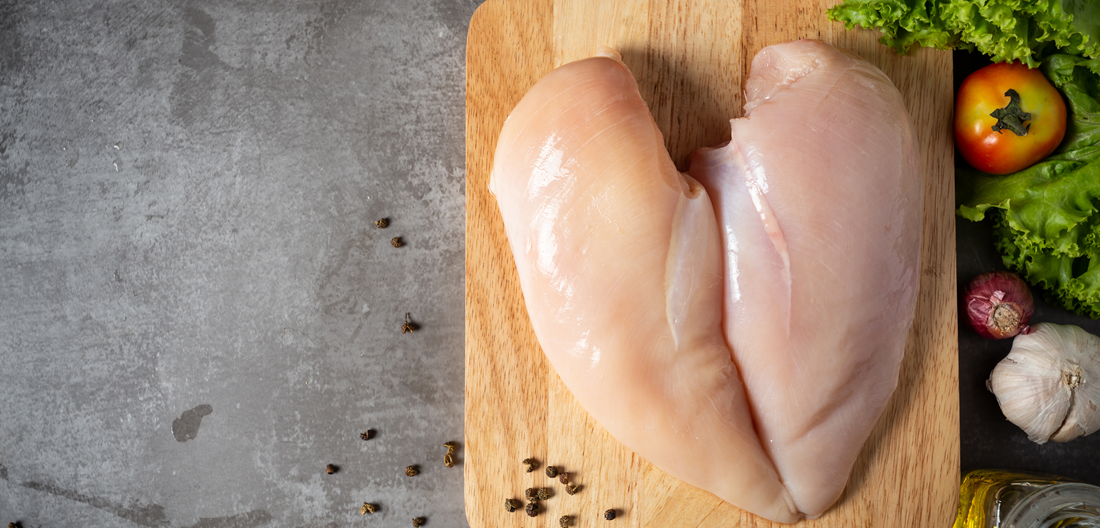
For USDA, Brazilian Chicken Meat Production Increases by 2.3% in 2025; Exports by Nearly 5%
Apr, 02, 2025 Posted by Sylvia SchandertWeek 202514
In its second projection on Brazilian chicken meat trends for the current period, the United States Department of Agriculture (USDA), through its staff in Brasília, estimated that production volume in 2025 will reach 15.35 million tons, while exports will be close to 5.25 million tons, representing increases of 2.33% and 4.98%, respectively.
The same projections consolidate 2024 data, indicating only a 0.67% increase in production volume, which reached 15 million tons. Meanwhile, exports, previously estimated at 4.9 million tons, reached 4.996 million tons—results that (the USDA emphasizes) do not include exports of chicken feet/paws.
The chart below displays Brazil’s month-on-month poultry exports between January 2022 and January 2025. The comes from Datamar’s DataLiner.
Poultry Exports | Brazil | Jan 2022 – Jan 2025 | TEUs
Source: DataLiner (click here to request a demo)
A key detail in these numbers is that domestic availability for 2024, reported at just over 10 million tons, declined by 1.24% compared to 2023. However, internal surveys suggest otherwise. Data from IBGE, for example—limited exclusively to chicken meat produced under federal, state, or municipal inspection—indicate a more than 2% increase in domestic availability for 2024. The final results from the industry itself (ABPA) are expected to be released later this month during the entity’s General Assembly.
According to USDA’s current forecasts, the domestic deficit will persist in 2025. Although a 1% annual increase in domestic availability is expected this year, the projected volume—10.11 million tons—remains lower than the 10.135 million tons estimated for 2023.
However, the USDA’s latest study on the outlook for Brazilian chicken meat goes far beyond these figures. Click here to access the full report and learn more about the agency’s perspectives on the sector, climate trends, economic conditions, raw material production, and even consumption.
Source: AviSite
-
Economy
Feb, 26, 2025
0
Government drops plan to curb food exports amid inflation concerns
-
Shipping
Sep, 04, 2024
0
MSC vessel loses 46 boxes overboard off South Africa, following two CMA CGM ship incidents
-
Shipping
Apr, 05, 2023
0
COSCO orders four 16,000 teu ships
-
Fish
May, 29, 2024
0
Chile salmon exports climb despite drop in US shipments

